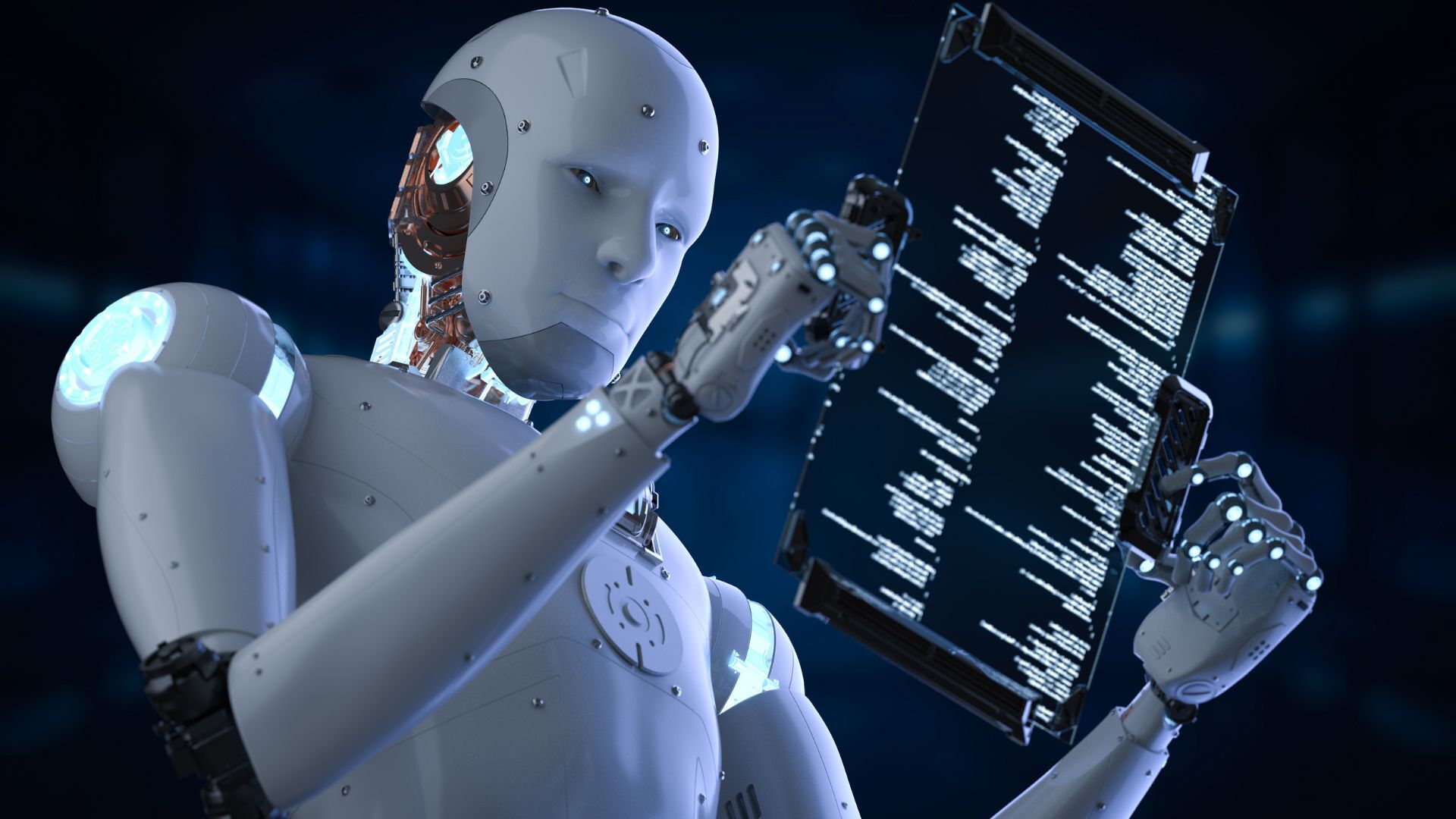As AI Reshapes Work, CIOs and HR Chiefs Join Forces
AI is no longer just a tech project—it’s a workforce project. Corporate tech and HR leaders are now co-authoring AI workforce plans, redesigning roles, training and governance as digital agents start to share the workload with people.

What Happened
Across large employers, information-technology chiefs and human-resources leaders are syncing strategies to manage AI’s rapid impact on jobs and skills. Recent reporting shows joint teams mapping tasks for automation, rewriting job descriptions, and building training pipelines so employees can work effectively with AI “co-workers.” Companies from software to finance are testing agent-style tools to handle routine tasks and free up time for higher-value work. (wsj.com)
How Companies Are Adapting
Several firms are formalizing the partnership between people teams and IT. At Cisco, technology and HR leaders are planning for a future in which AI agents are embedded across functions. Moody’s created an AI workforce enablement team to help employees learn and deploy internal copilots. And Moderna merged its tech and HR functions under a single executive to coordinate human and machine capabilities. (wsj.com)
Other organizations are reorganizing around AI while putting more emphasis on upskilling. The aim: treat AI as a collaborative tool rather than a one-for-one replacement, with HR steering change management and training while CIOs set guardrails and infrastructure. (wsj.com)
Impact And Tradeoffs
The transition is already reshaping headcounts. Recruit Holdings, parent of Indeed and Glassdoor, said it would consolidate operations and cut about 1,300 roles amid AI integration. Private equity group Vista Equity Partners plans to reduce staff as it automates tasks with AI, reflecting a wider trend toward leaner org charts. Microsoft has also trimmed thousands of jobs this year while ramping AI investment. Layoffs tied to AI shifts are spreading beyond Big Tech, even as employers add roles in data, cloud and model operations. (reuters.com)
The stakes are cultural as much as technical. Leaders are trying to maintain trust, stave off burnout, and clearly explain how AI will change—not just eliminate—work. For HR, that means skills-first hiring, new career paths, and performance frameworks that include AI-enabled output. For CIOs, it means secure data, governance, and reliable platforms for agent-based tools. (wsj.com)
What’s Next
Expect more “AI councils” and joint HR–IT playbooks that standardize how tools are evaluated, deployed, and measured. Companies are likely to expand training for AI literacy, codify how agents are introduced into teams, and refine roles as productivity data comes in. The through line: tech and people leaders will share ownership of AI-driven change—and be judged on how fairly and quickly they deliver it. (wsj.com)
Sources
- AI Is Upending Jobs. Corporate Tech and HR Are Teaming Up to Figure It Out. — Wall Street Journal (November 11, 2025)
- Indeed, Glassdoor to cut 1,300 jobs amid AI integration, memo shows — Reuters (July 11, 2025)
- Private equity group Vista to cut staff in favour of AI — Financial Times (November 12, 2025)
- Why Moderna Merged Its Tech and HR Departments — Wall Street Journal (May 12, 2025)
You May Also Like
These Related Stories

Dan Wang: U.S. Run by Lawyers, China by Engineers

Majors That Will Remain Employable After AI Disruption (Next 10 Years)

No Comments Yet
Let us know what you think